Unboring Rules of the Road in Thailand and Driver’s Licenses
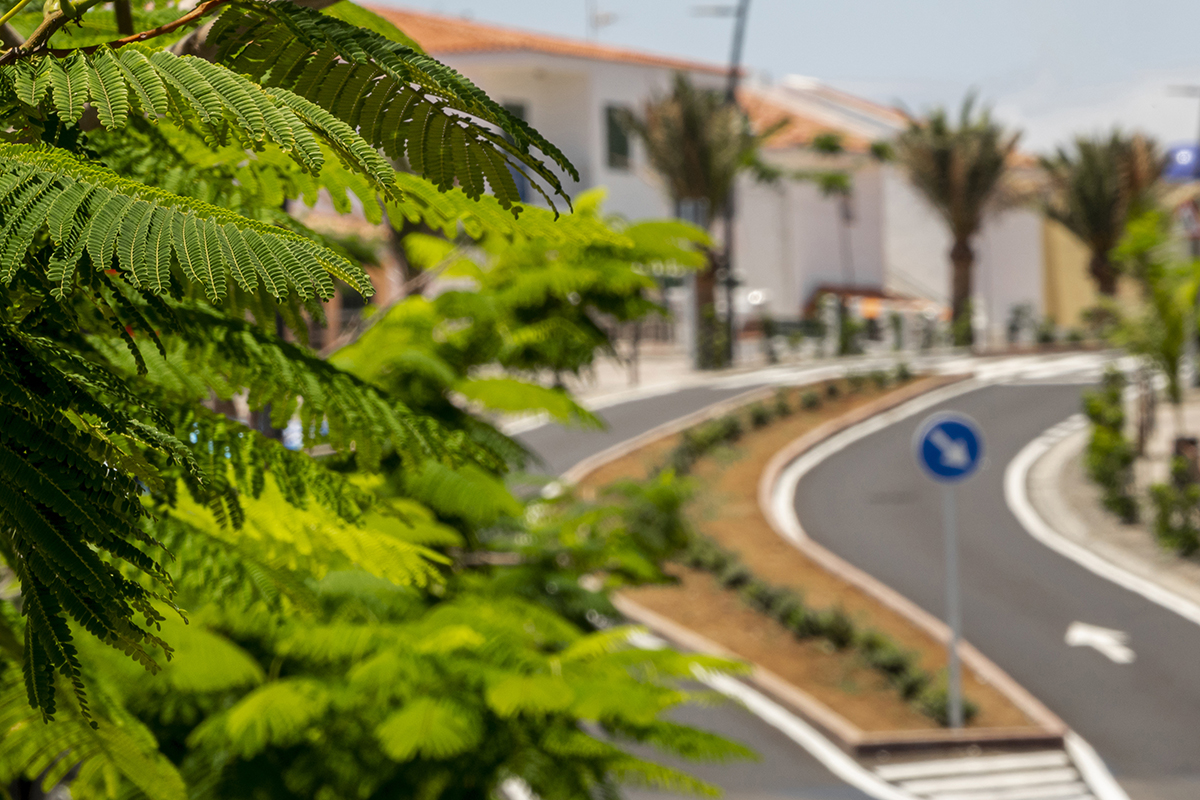
In short, traffic rules here are almost non-existent 🙂 Well, not really, but by European standards, they’re nearly invisible.
However, don’t be alarmed; the focus here is on driving safety, not the rules and fines themselves.
Any maneuver you make on the road will be accepted, even by the police, as long as it doesn’t pose a threat to other road users. Turning across a solid line (even two) through oncoming traffic? No problem, they might even stop and let you through if you’re in a hurry. Driving against the flow on the shoulder? Every tenth bike does that here. Running a red light? If the intersection is empty, why not? Turning left on red? Just be careful and don’t hinder others.
When Thais take their driving test, inspectors are mainly concerned with whether they understand the dangers of a vehicle (there’s a mandatory horror film about road dangers) and how carefully they’ll drive, rather than knowing how many meters to stop before a crossing or who yields in a roundabout. It seems obvious that whoever needs to go first will do so with a wave to others, ensuring they yield. And they will, unless it’s a delivery pickup truck barreling through at 100-120 km/h, not yielding to anyone.
If a turn is truly prohibited somewhere, there’ll be a concrete barrier, no doubt.
That’s why I love driving in Thailand – do what you want, as long as it’s safe.
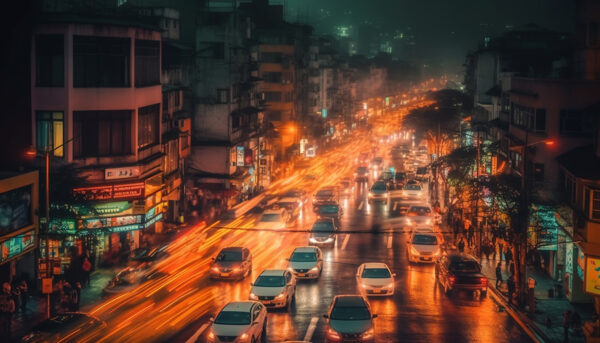
Right-hand driving. You get used to it in two days, no problem. No need to dwell on it.
Licenses
According to Thai law, drivers must have a Thai or international license plus a foreign one. The author drove here with a regular Russian license for about five years before getting a Thai one (mainly for convenience, as you can even check into flights with them). But I mostly drove cars, which are rarely stopped for checks. If you’re stopped (and say, you have no license), show friendliness, cooperation, respect, and remorse, and they’ll likely just give you a warning. In the worst case, you might pay a 1,000-2,000 baht fine. In five years, I’ve paid two (maybe three) fines.
Foreigners on bikes are stopped often if the bike (or helmet) is rented. It’s noticeable, trust me. And quotas for fines haven’t disappeared (just kidding, but there’s truth in every joke). You get an international license in your home country, quickly and easily. Don’t forget to also have your regular license; it’s written in the international license!
Getting a Thai license isn’t hard. Either “from scratch” with a test or based on your national license with consulate certification – in this case, no test, just watch a film, provide a medical certificate (costs 100 baht at any clinic, done in a minute), and test your reaction.
Time to get them. Officially in Phuket – expect a 2-3 month wait. Some use services that arrange a trip to a neighboring province to get it in one day. This usually costs around 15,000 baht (400-500 dollars).
Your first license, a temporary one, lasts two years, after which you get a permanent one for five years.
Interestingly, once you get it, you don’t need to carry the physical license. You can show interested parties a digital copy-photo (QR code included) or open a government app on your phone where you’ve uploaded it. Once police see you opening the app on your phone, they usually wish you a good journey.
Though Thailand is practically a paradise for reasonable drivers, here’s what you definitely shouldn’t do:
- Drive without the appropriate category of license (at least your national one);
- Park where prohibited (red and white curb markings);
- Drive drunk or heavily under the influence (here, up to 0.5 promille is allowed, but any intoxication cancels insurance and is an aggravating factor in an accident);
- Ride a bike without a helmet (all Thais do it, but foreigners aren’t forgiven);
- Ride a bike through tunnels (police often set up mobile posts at exits);
- Be aggressive or raise your voice with police – you’ll end up at the station faster than you can say “sorry” in Thai; police are respected here (not feared, respected);
- Drive on sand beaches;
- Endanger others with aggressive driving.
In conclusion, while Thailand’s roads may seem chaotic at first glance, they’re quite reasonable. Rules exist, but their adherence (or selective ignorance) is mostly based on common sense and safety, which is refreshing.
Place your car rental booking on our page and enjoy your stay in Phuket!
Anton Petrov
Co-founder of Holy Cow Phuket
26.08.25
Featured
View allRead also
View all
How much does it cost to live in Phuket with long-term accommodation rental
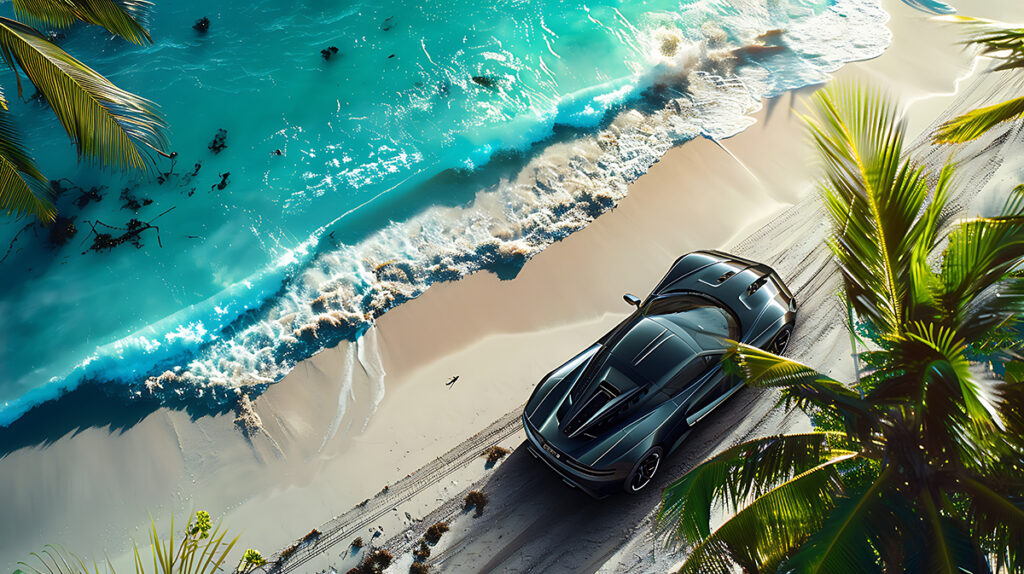
Phuket and three roads: how a car changes your story on the island
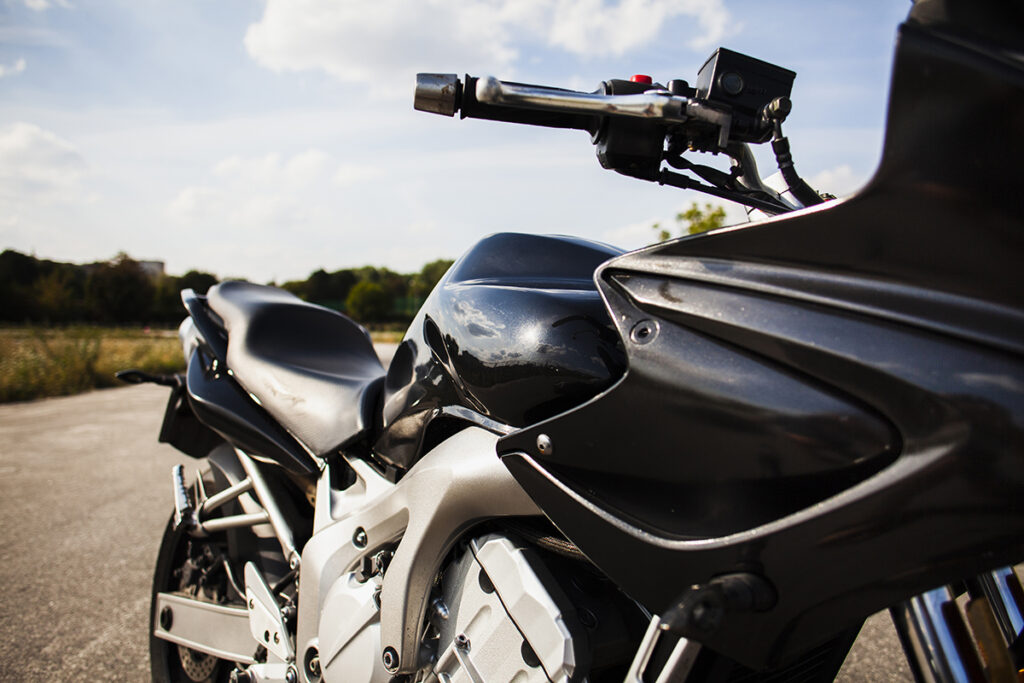

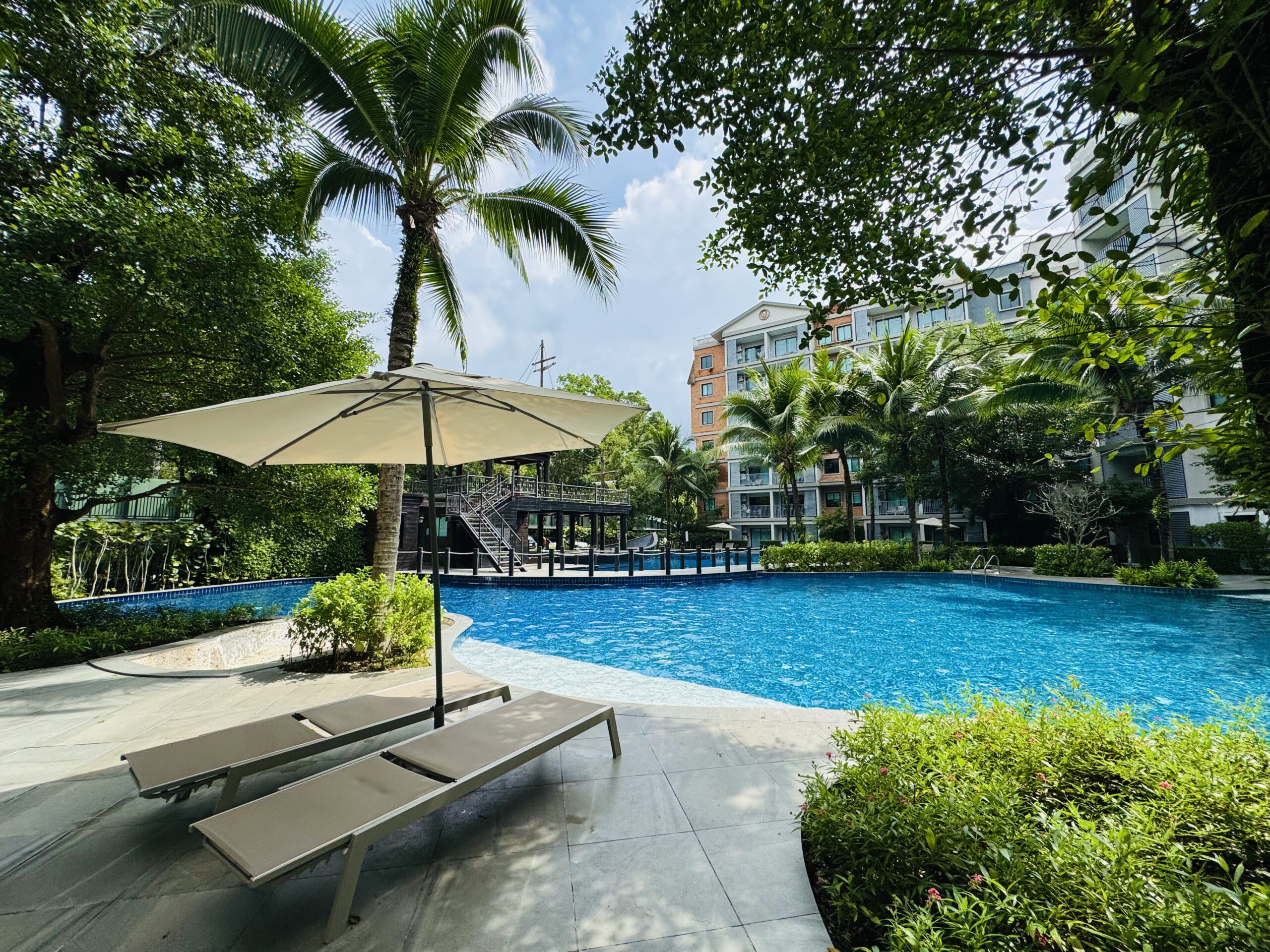

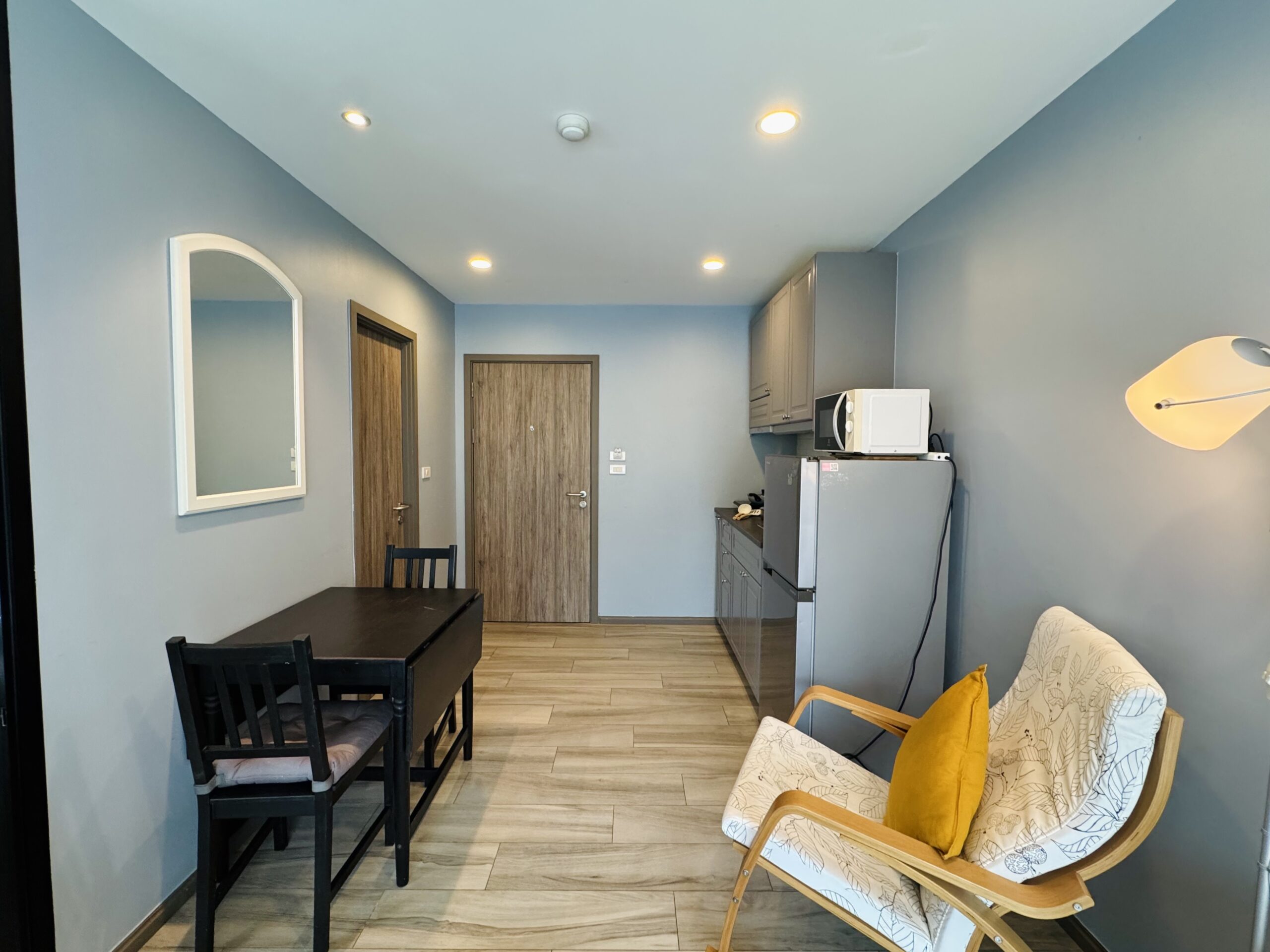
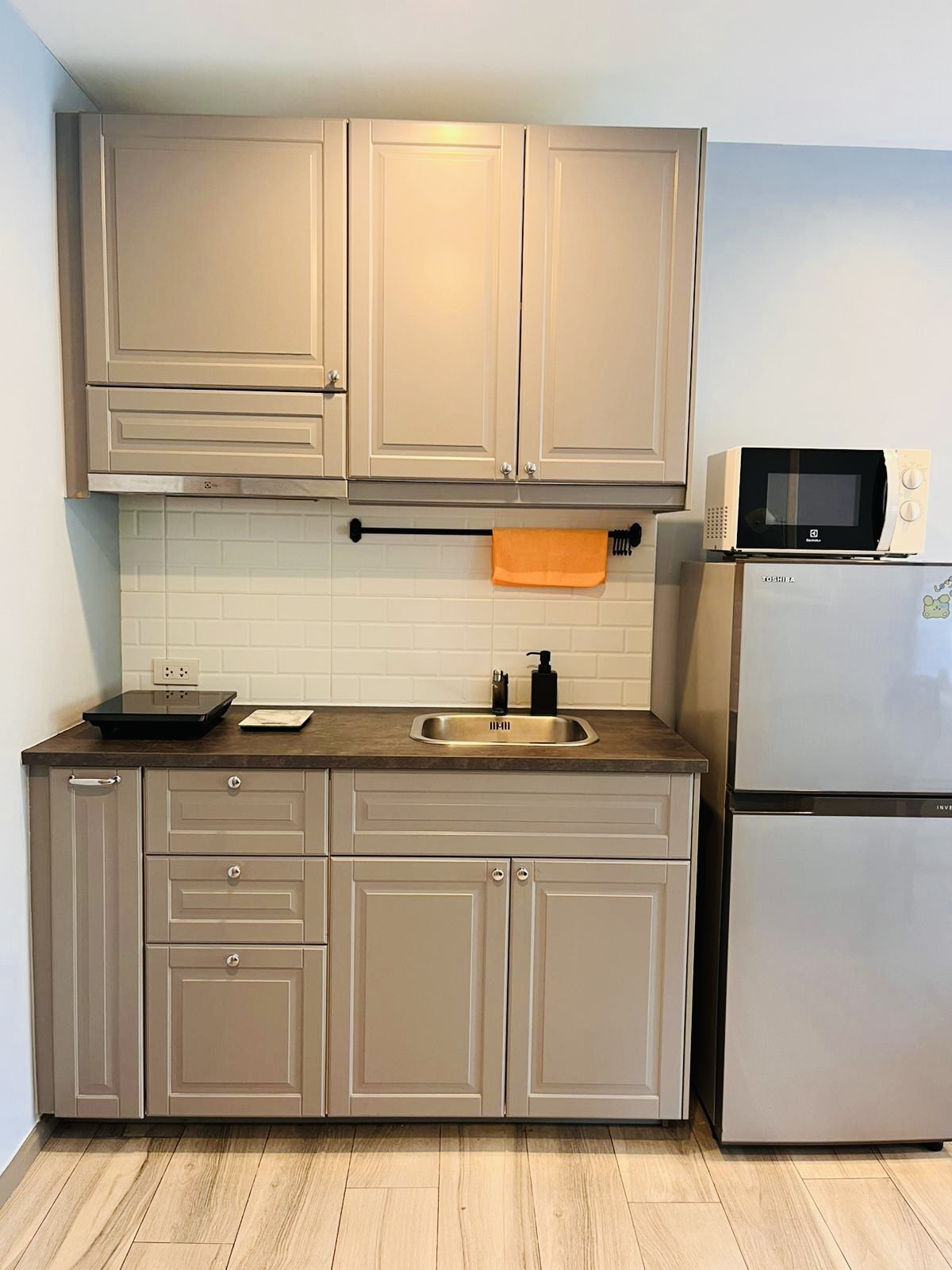


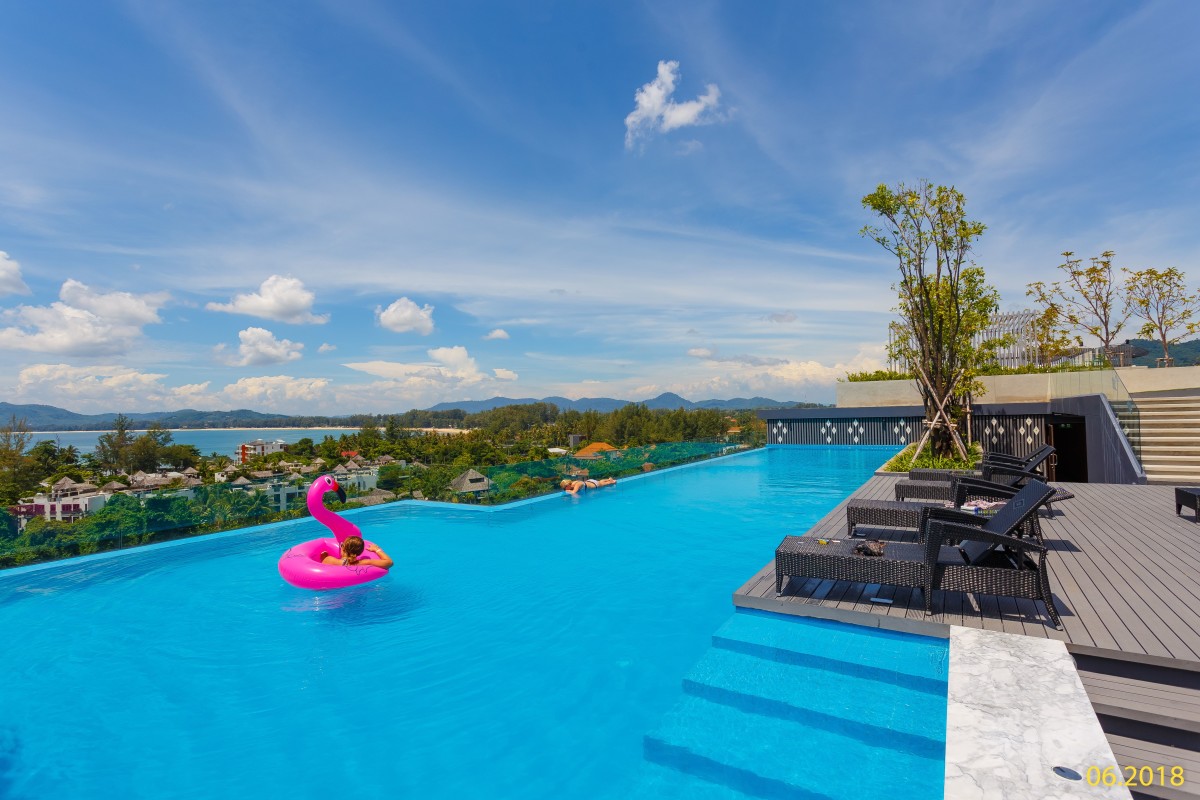
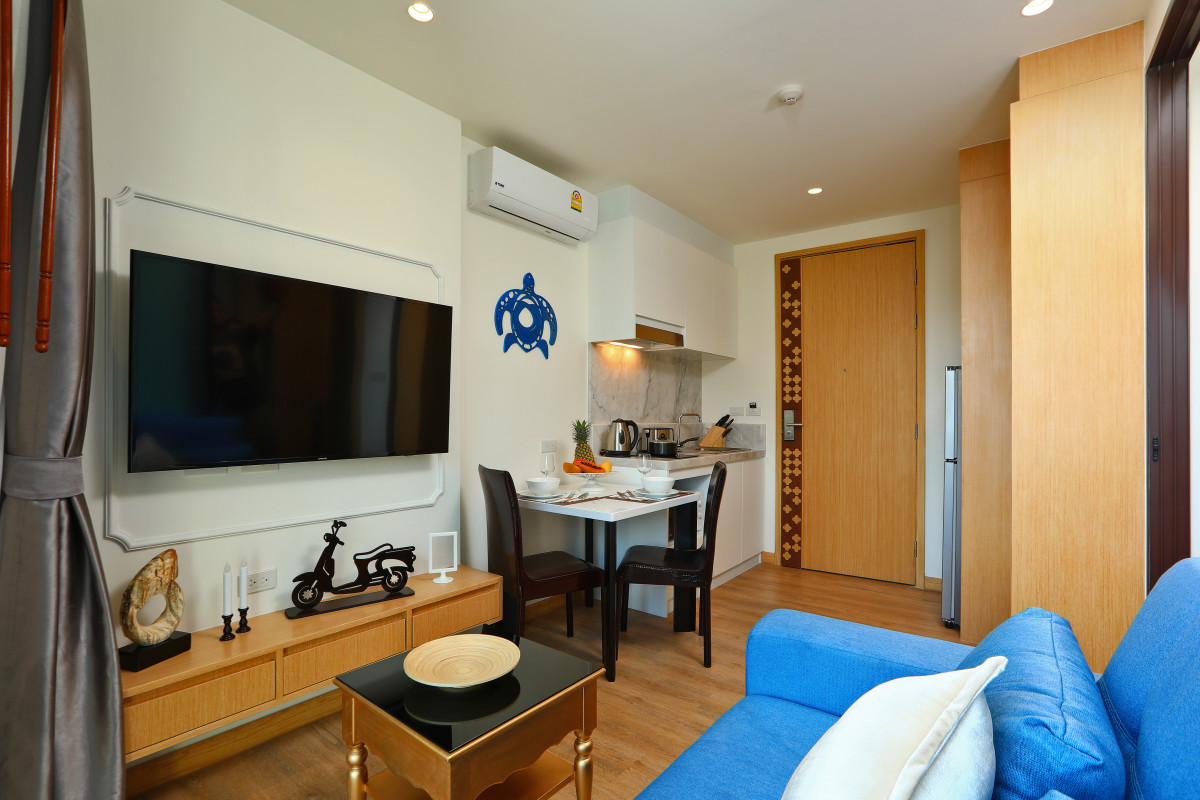

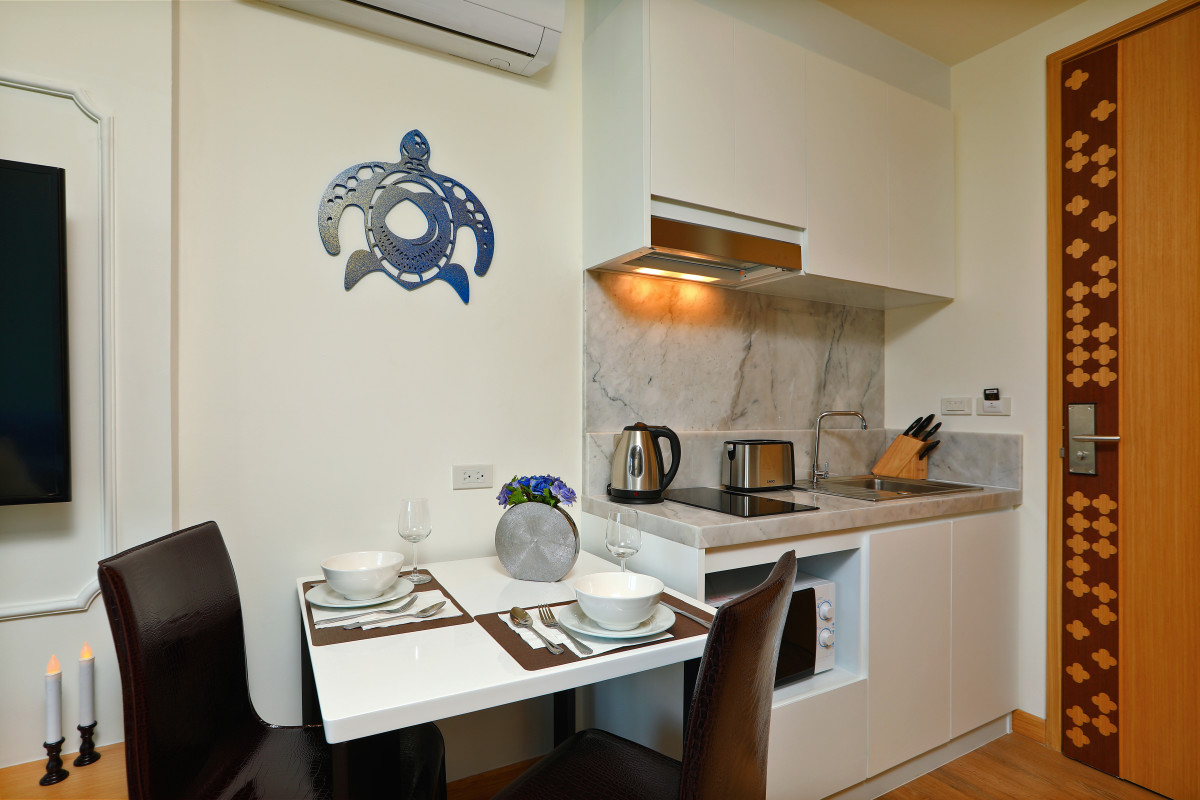
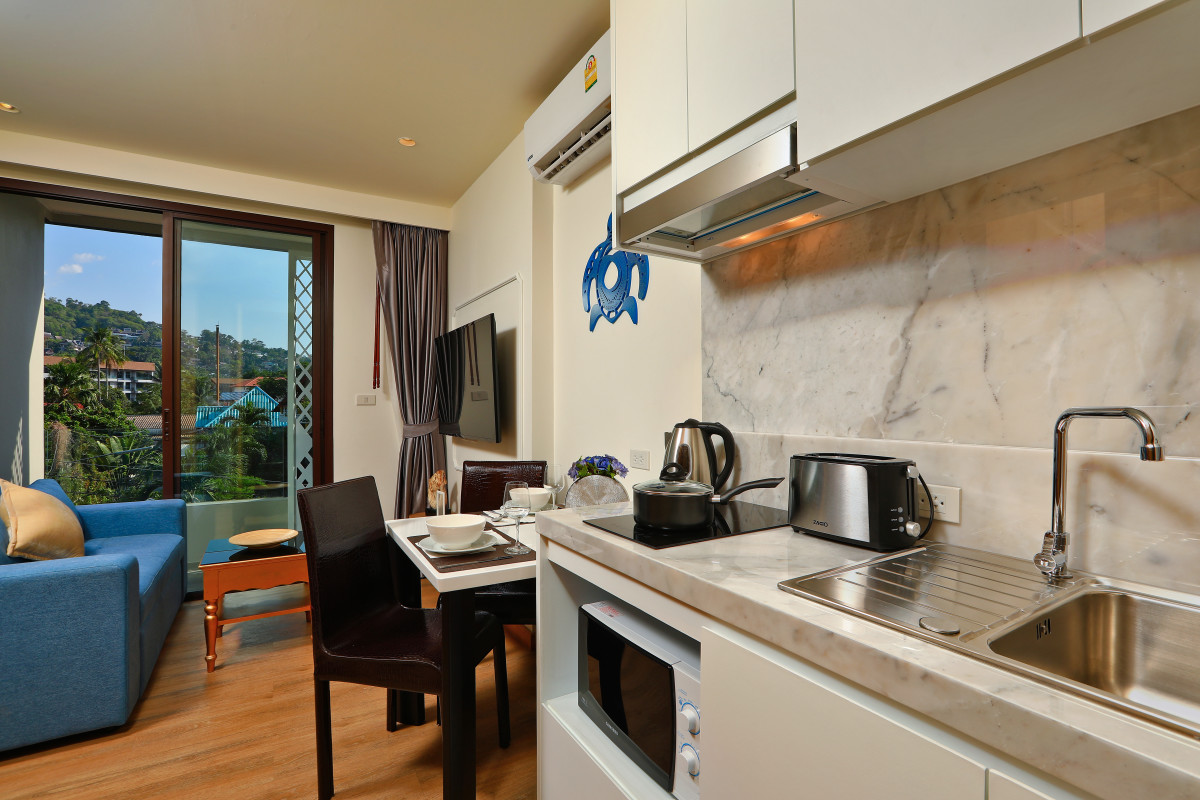

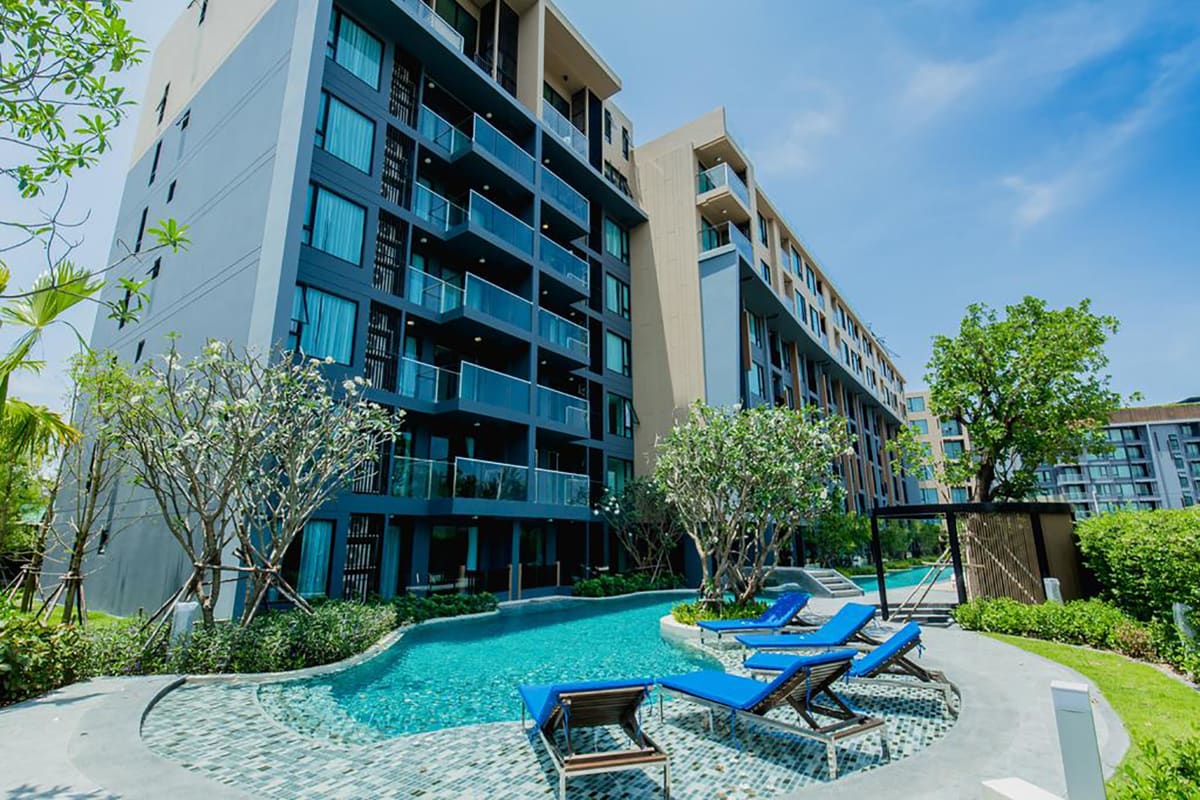

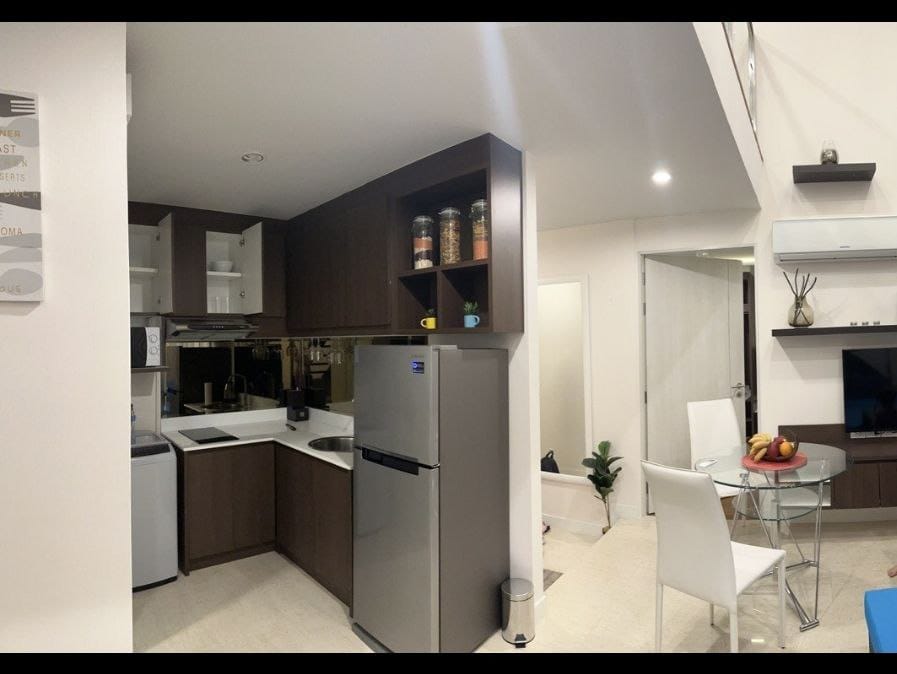
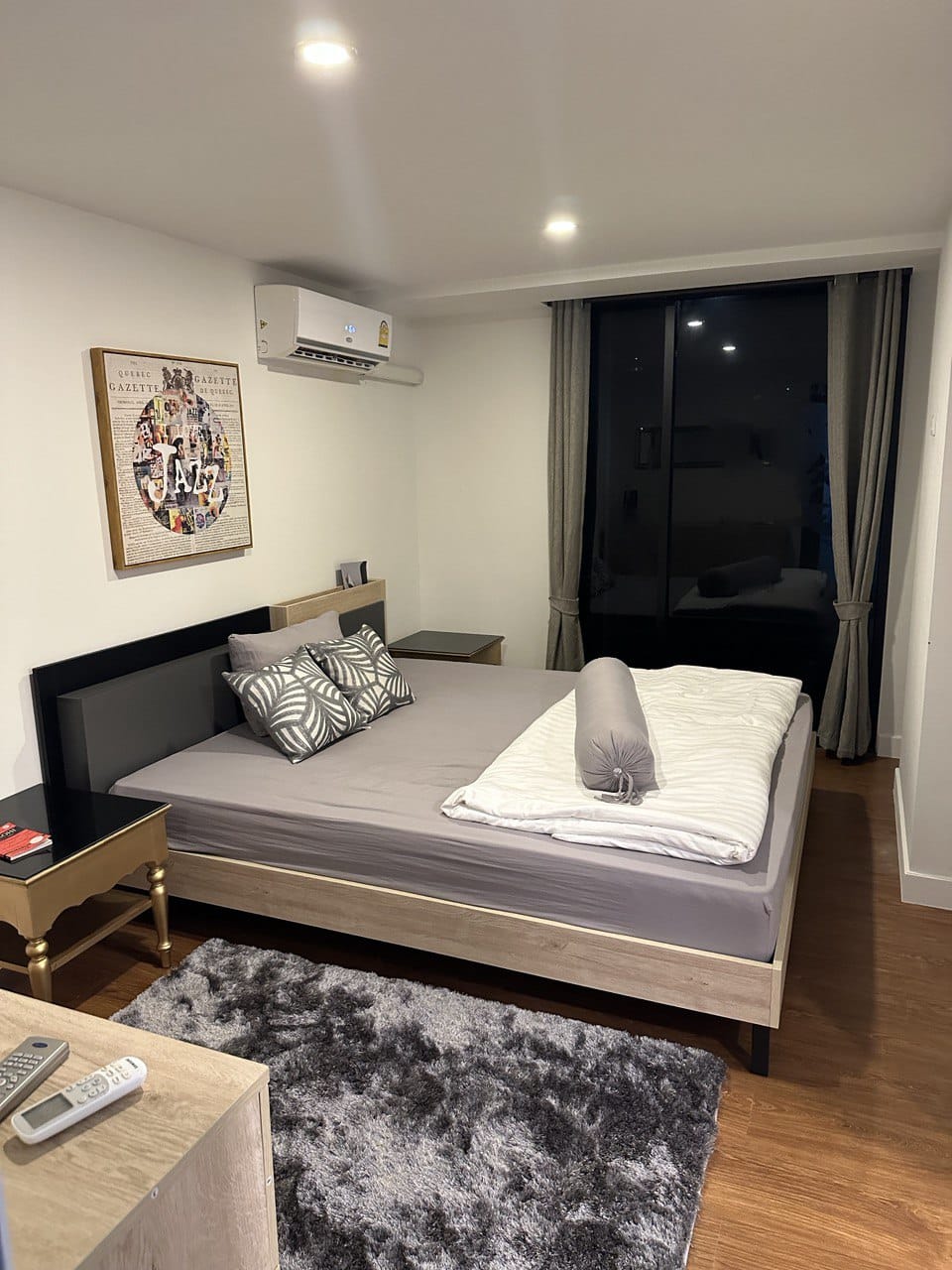
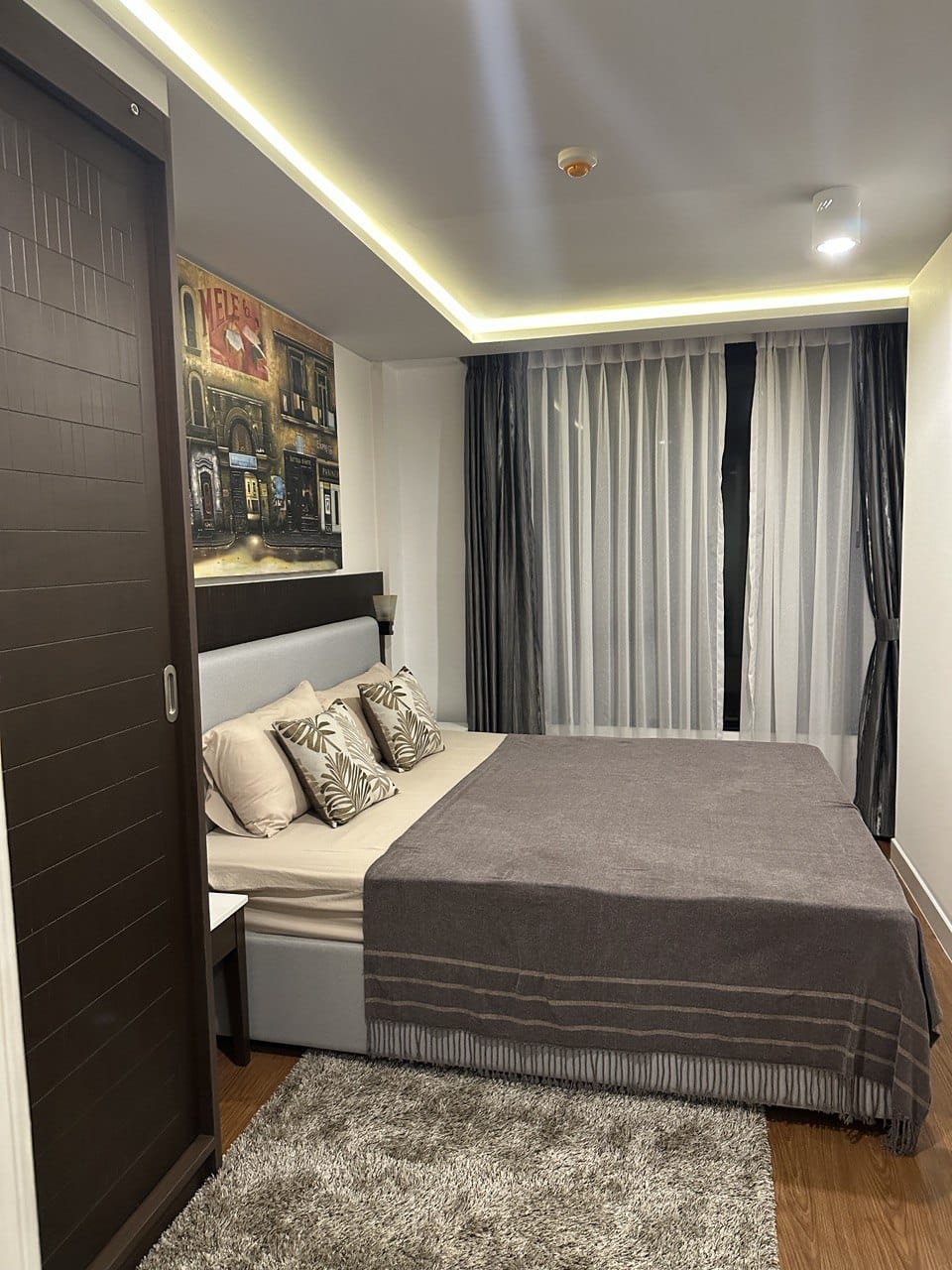
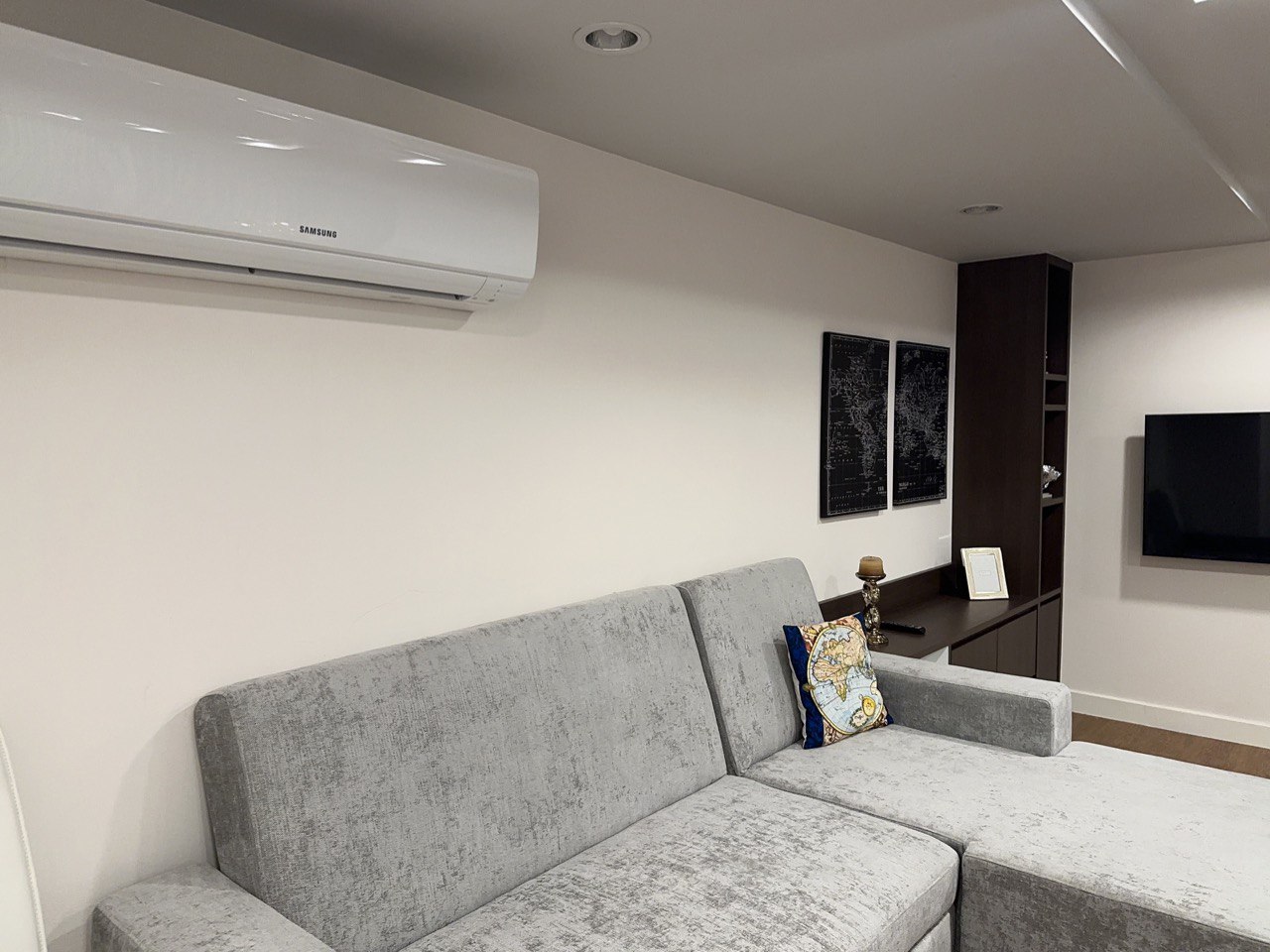
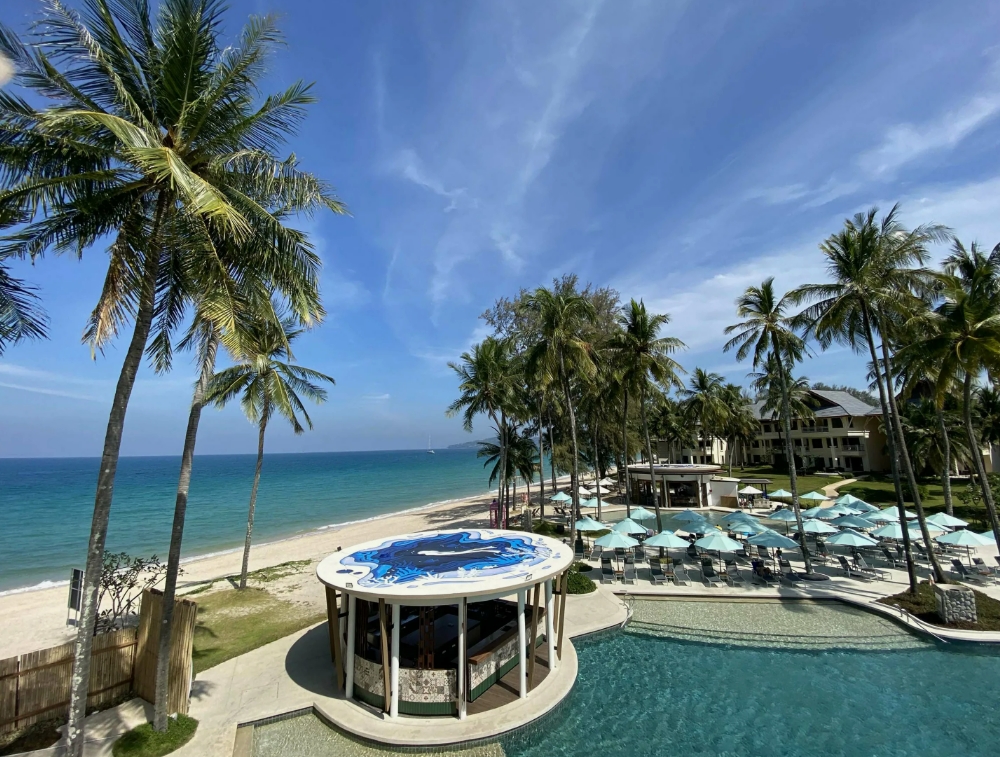
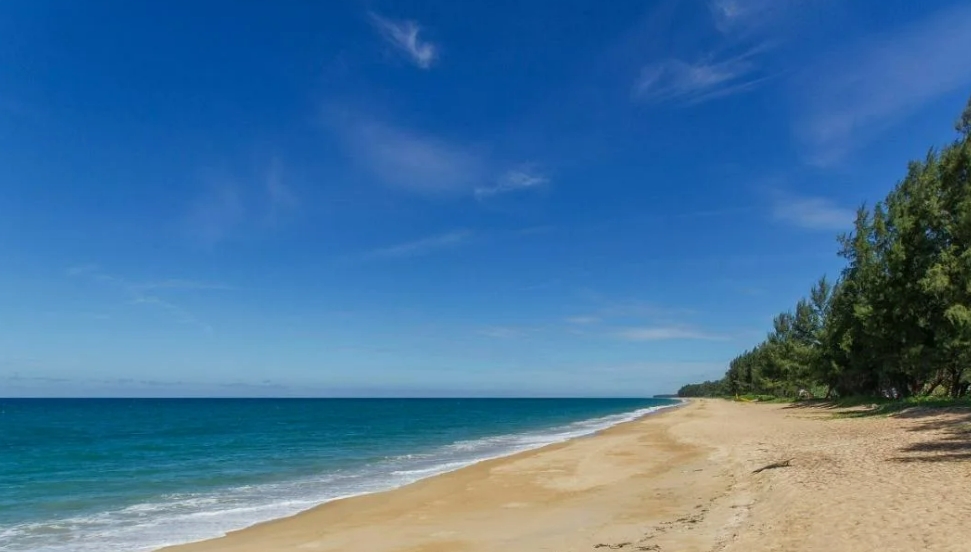



Send a comment